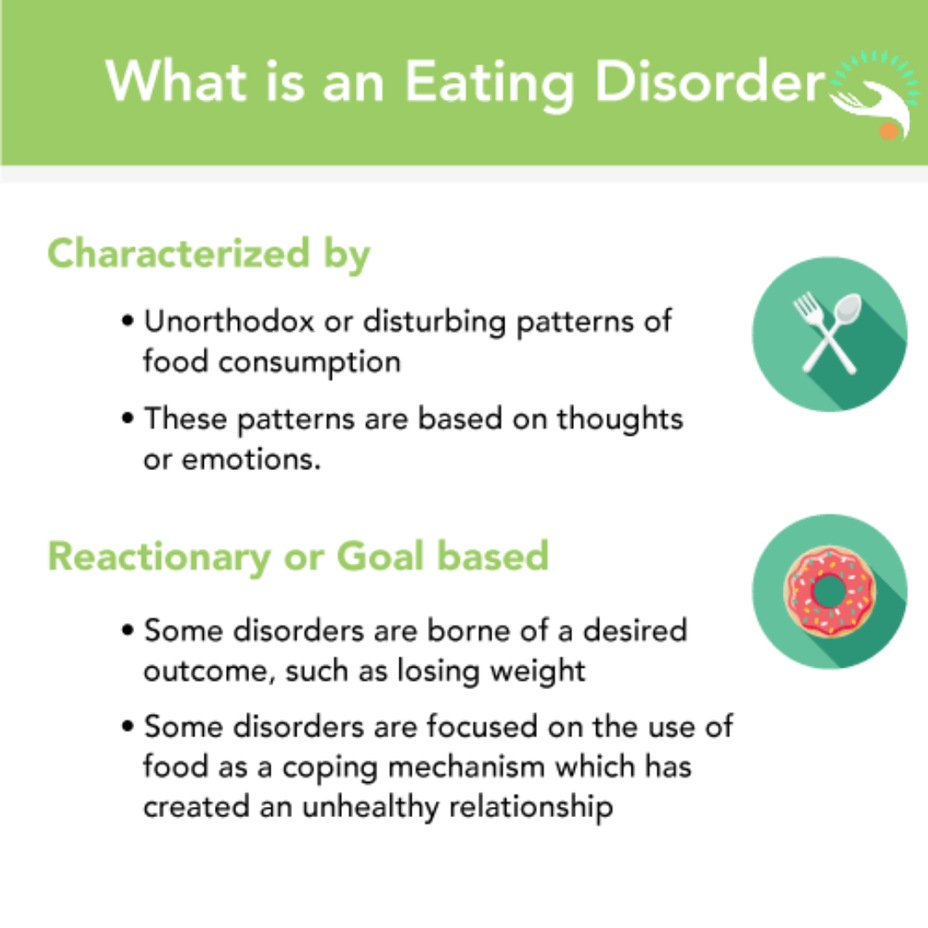Sam is 9 now. He’s got classic Autism, sensory processing disorder, PICA &profound learning disabilities. Sam’s a sensory seeker and will seek out sensory feedback almost constantly. Sometimes this is via screaming, while other times it’s bouncing, rocking, flapping, jumping or spinning.
When a friend shared a photo of her Autistic grandson at a riding therapy session, I knew I had to try it for Sam. So I rang Foxfields Therapeutic Riding Centre and got Sam booked in.
He’s been attending once a week, for about 4 months now. During that time, Sam’s confidence on the ponies has grown massively. He is also a lot calmer for the first 2/3 days following his session.
Sam has absolutely no interest in animals usually. He ignores our 2 dogs until they annoy him. Despite this, Sam took a shine to the horses almost immediately. I really didn’t expect Sam to take to it as well as he did, but he’s really surprised me.
If you’re considering attending a riding therapy centre, check to make sure they have horses which are confident with riders of your ability - (or the person doing the session). Some ponies can only carry people under 59kg for example, so wouldnt he suitable for larger riders.
Check for testimonials online too, especially from riders with additional needs. There are a lot of riding schools now offering special needs sessions, but they may have no actual experience or training specifically for clients with disabilities.
Sam spent the first 3 lessons in the arena. He mastered walking and trotting pretty quickly. By 4, he was ready for his first local hack. Sam seemed to love riding through the woods and along country lanes.
In my opinion, therapeutic riding sessions have helped Sam (and me by default) massively. So if somewhere close to you is offering these sessions, it’s well worth giving them a call. Many of them offer a free trial class, which is what I did with Sam. So definitely ask if they do any taster sessions.
Finally, therapy and 1–1 sessions are allowed to continue, despite being back in lockdown now.






